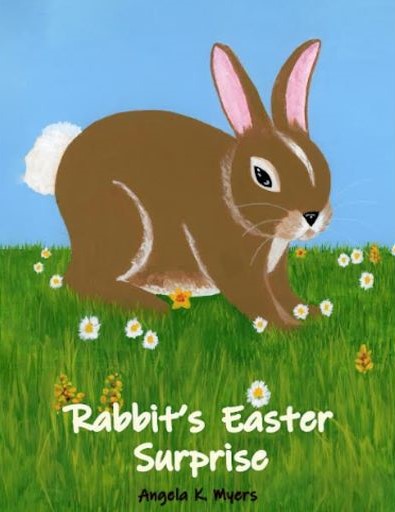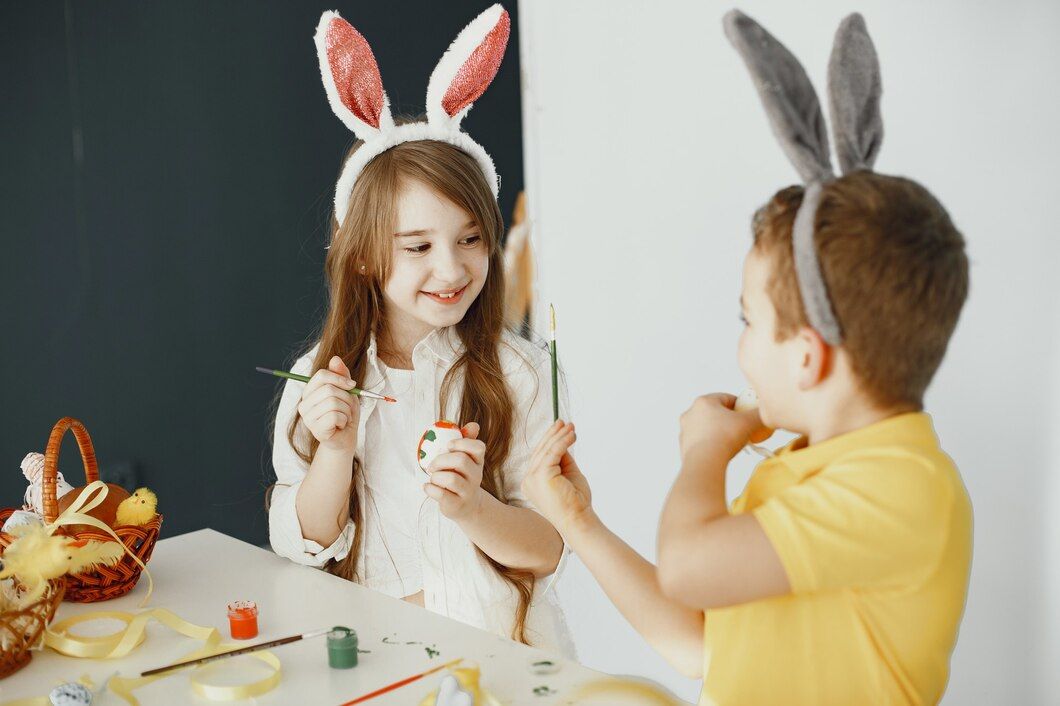Easter is one of the most significant celebrations in the Christian faith, symbolizing Jesus’ resurrection, renewal, and hope. While many children associate Easter with chocolate eggs and bunnies, parents and educators can use creative approaches to teach them the true meaning of the holiday. By incorporating engaging stories, hands-on activities, and faith-based traditions, Easter can become a deeply meaningful experience for children.
1. Storytelling: Bringing the Easter Message to Life
One of the most effective ways to teach children about Easter is through storytelling. Books like Rabbit’s Easter Surprise by Angela K. Myers blend faith with imagination, making it easier for children to understand biblical events. By telling the story of Easter through relatable characters, such as a small rabbit witnessing the resurrection, children can grasp the significance of Jesus’ sacrifice and love.
Parents can also read Bible stories adapted for children, using simple language and engaging illustrations. Stories of Jesus’ miracles, the Last Supper, and the resurrection can be shared through interactive storytelling sessions where kids can ask questions and reflect on the lessons.
2. Hands-On Activities: Making Faith Fun
Children learn best through play and creativity. Incorporating hands-on activities can help them connect with the meaning of Easter in a fun and memorable way. Some creative ideas include:
- Resurrection Eggs – Fill 12 plastic eggs with small items representing parts of the Easter story (a cross, a stone, a piece of cloth, etc.). Open one each day leading up to Easter Sunday and discuss its meaning.
- Crafting an Empty Tomb – Use clay or a shoebox to create a miniature tomb, illustrating the moment Jesus rose from the dead.
- Easter Story Scavenger Hunt – Instead of a traditional egg hunt, hide symbols of the Easter story around the house or yard. Let children find and match them to their meanings.
By engaging in these activities, children not only hear the story but also interact with it in a tangible way.
3. Music and Songs: Celebrating Through Worship
Songs and hymns are a wonderful way to help children remember the meaning of Easter. Simple praise songs about Jesus’ resurrection, such as “He’s Alive” or “Jesus Loves Me,” can be sung together as a family. Parents can also introduce worship dance, encouraging kids to express their joy through movement.
4. Acts of Kindness: Living Out the Easter Message
Easter is about love, sacrifice, and renewal. Teaching children to serve others helps them embody the spirit of the holiday. Families can engage in simple acts of kindness such as:
- Making Easter cards for neighbors or those in need
- Donating food or clothes to charity
- Baking treats and sharing them with friends and family
By practicing love and generosity, children learn that Easter is not just about receiving—it’s about giving and sharing God’s love.

Final Thoughts
Teaching children about Easter creatively makes the holiday both meaningful and memorable. By using storytelling, crafts, music, and acts of kindness, parents can help kids understand the deeper message of Easter while still enjoying the traditions they love. Through these engaging activities, Easter becomes more than just a celebration, it becomes a lesson in faith, hope, and love.
Children love stories, and Easter provides a beautiful narrative to share. Reading books that explain the meaning of Easter makes it easier for kids to connect with the holiday’s message. One perfect choice is Rabbit’s Easter Surprise by Angela K. Myers. This story helps children understand Easter’s significance in a gentle and engaging way.
If you’re looking for a heartwarming story to add to your Easter traditions, then Order your copy today and create special memories while sharing the true meaning of Easter!




